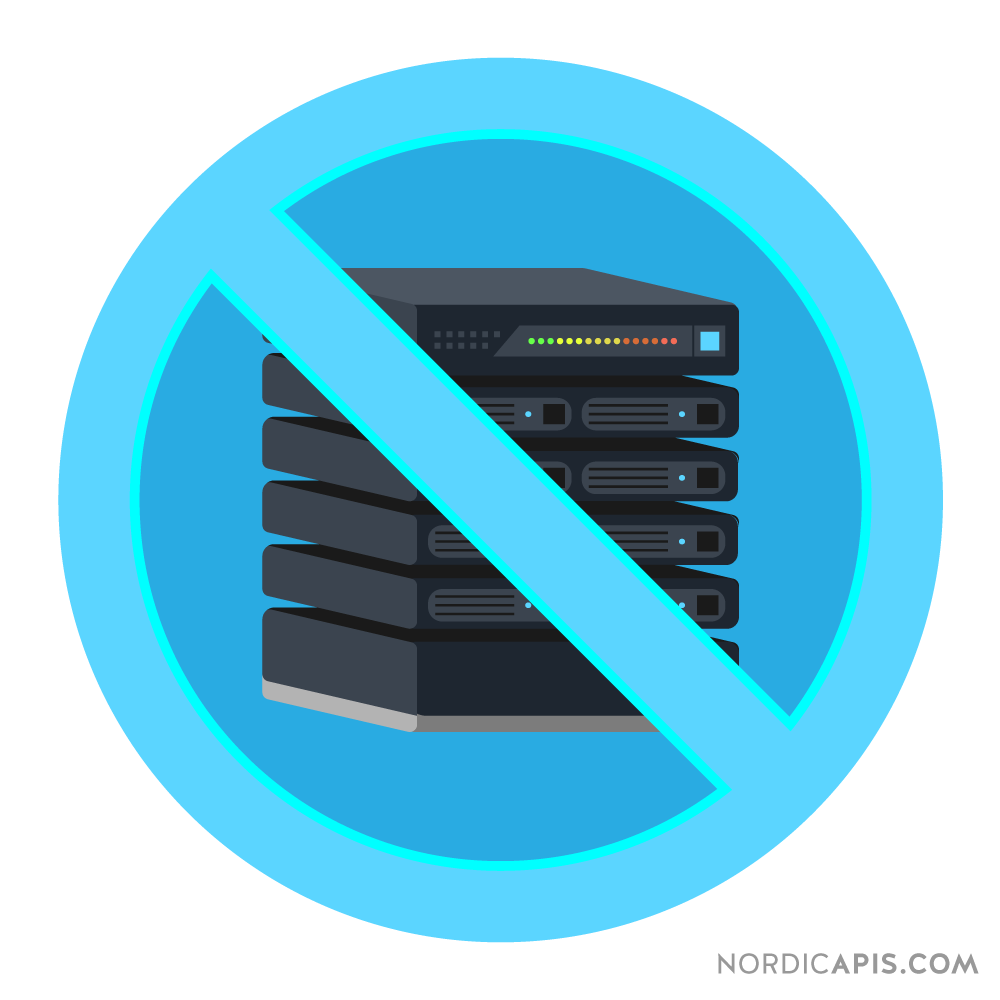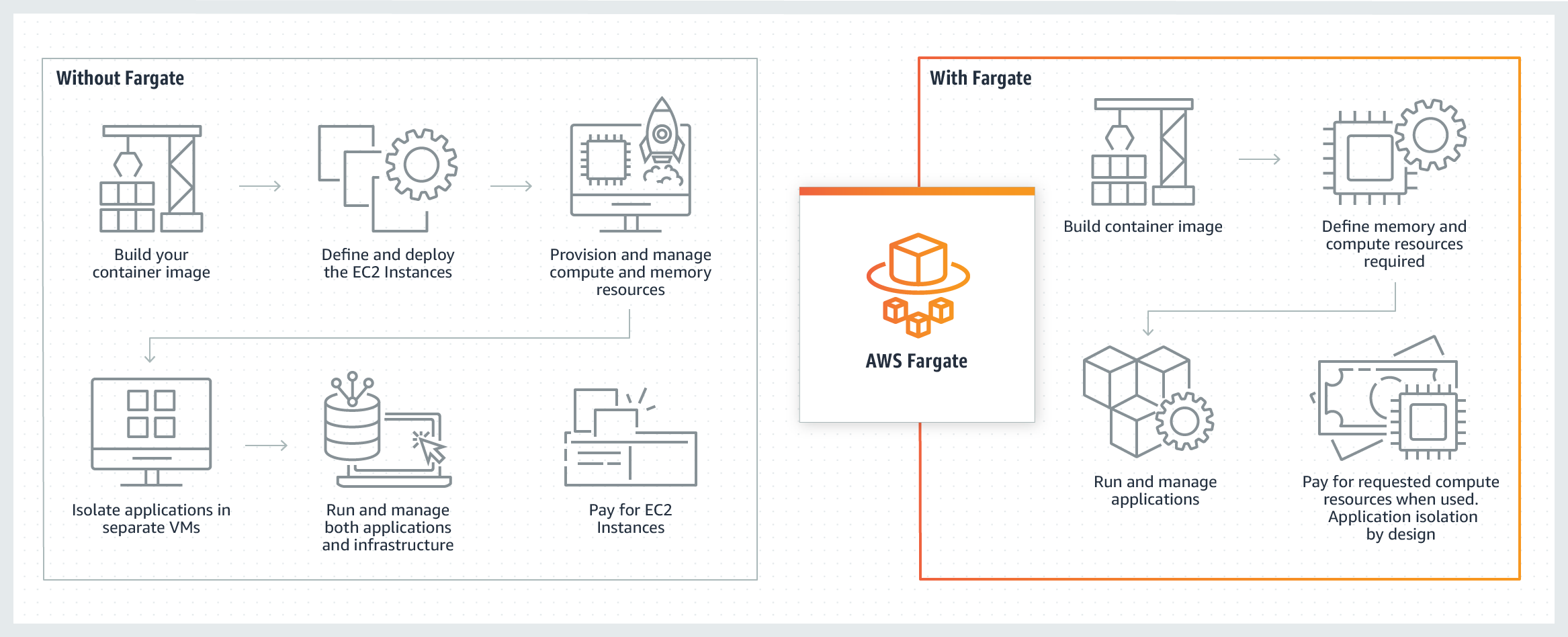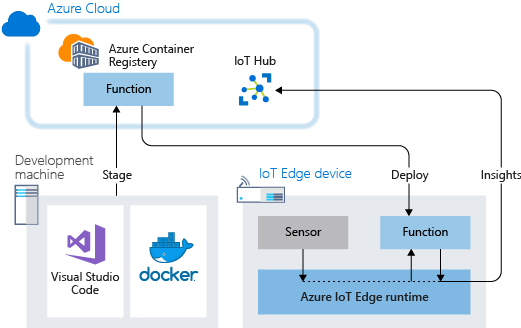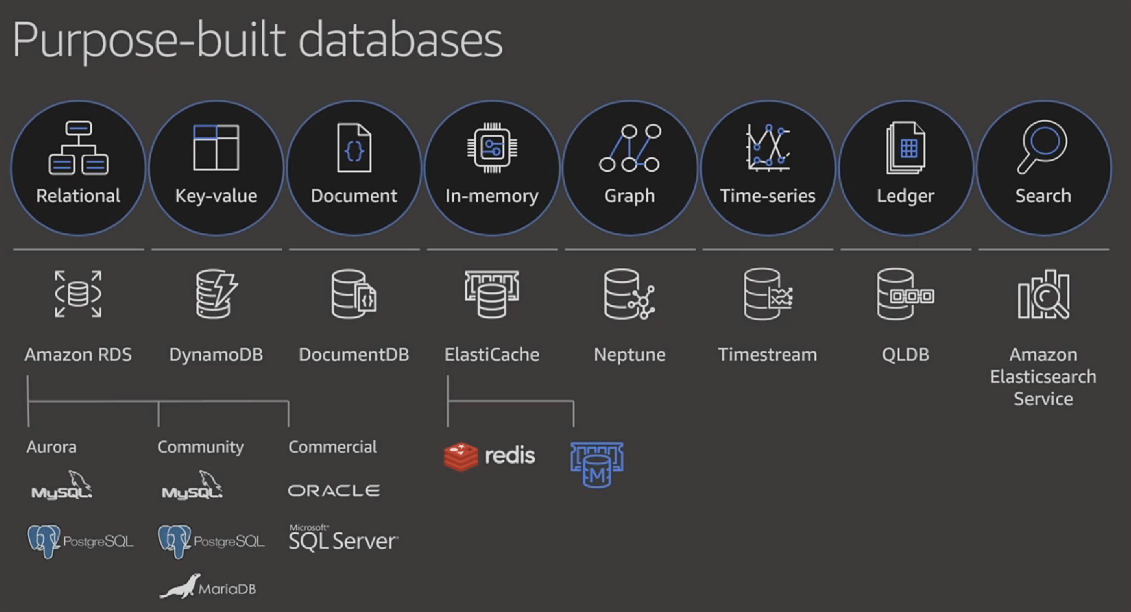4 min to read
Serverless in AWS and Azure: Amazon Lambda, Amazon Fargate, and Azure Function

I spend 1 hour every day exploring cloud services in AWS and Azure. I explore based on use case or functionality. Each week I document the resources I used during my exploration. This week I explored serverless services in AWS and Azure. The major serverless services in AWS are Amazon Lambda and Amazon Fargate, while for Azure we have Azure Function. Amazon Lambda is similar to Azure Functions.
This covers a brief description and use cases of the serverless services in AWS and Azure. It also provide resources on their prices, components, hands-on examples, code examples, and comparison.
Serverless is building and running applications without servers, that is without the burden of managing infrastructure. It does not mean we don’t use a server, it just meant we don’t need to manage the required server or infrastructure ourselves. The cloud service provider manages all the infrastructure for us.
Use cases for Serverless
- Application for continuous delivery pipeline
- Data processing
- Real time stream processing
- Real time file Processing for instance run a code when new data is received
- Data preprocessing and model serving in machine learning
Amazon Lambda
Amazon Lambda runs code without servers and clusters. In other words, you don’t need to provision infrastructure. Amazon Lambda also has a code editor where you can write, test, and view execution results. Your code should be uploaded as a zip file or as a container image, the resources required are automatically allocated to it. This code could be run based on a trigger for instance change in data in S3 bucket, response to HTTP request using Amazon API Gateway.
Major Amazon Web Services(AWS) used with Amazon Lambda: Amazon S3, Amazon DynamoDB, Amazon Kinesis, Amazon SNS, Amazon CloudWatch, Amazon API Gateway, AWS IoT Core, Amazon SNS, Amazon SAM, Amazon EventBridge, Amazon Step Functions, SQS, Amazon Aurora Serverless.
Pricing
Amazon Lambda free usage tier includes 1M free requests per month and 400,000 GB-seconds of compute time per month.Amazon Lambda pricing is based on the number of requests for your functions and the duration, the time it takes for your code to execute.
Hands-On Tutorials
Using AWS Lambda with the Mobile SDK for Android
Using AWS Lambda with Amazon S3
Web application to request unicorn rides ride
Building Lambda functions with Python
Create a Lambda function with the console
Code Examples
Use AWS Lambda to build serverless backend for an iOS mobile application
Humidity sensor application to monitor humidity under a set threshold with AWS Lambda
Real-time data processing with Amazon Kinesis and AWS Lambda
Processing Interview Markdown files
Official Resources
Other Resources
AWS Lambda - The Ultimate Guide
AWS Lambda with Python: A Complete Getting Started Guide
AWS Lambda Tutorial | AWS Tutorial for Beginners | AWS Cloud | AWS Lambda | AWS Training | Edureka
Amazon Fargate
Amazon Fargate runs containers without provisioning any infrastructure. It works majorly with Amazon ECS and Amazon EKS. Task Definition is the blueprint to run application, it contain the description of containers used in the application. It is always in JSON format.
Pricing
AWS Fargate pricing is based on the amount of vCPU and memory resources consumed by your containerized applications.
Hands-On Tutorials
Getting Started with Amazon ECS on AWS Fargate
Creating a Cluster with a Fargate Task Using the AWS CLI
Deep dive into Fargate Spot to run your ECS Tasks for up to 70% less
Code Examples
Application Tracing on Fargate with AWS X-Ray
Official Resources
Other Resources
AWS Fargate Tutorial | AWS Tutorial For Beginners | AWS Certification Training | Edureka
Azure Functions
Azure Functions is a serverless compute service that runs event triggered code without provisioning infrastructures like compute. “Compute on demand”.
Pricing
Azure Functions provides a monthly free grant of 1 million requests and 400,000 GBs of resource consumption per month per subscription in pay-as-you-go pricing across all function apps in that subscription. Azure Function Pricing is based on per-second resource consumption and executions.
Hands-On Tutorials
Filtering sensor data simulated on IoT Edge with Azure Functions
Detect poor sentiment on Tweets and send email using Azure Functions and Logic App
Thumbnail generation with Azure Event Grid and Azure Functions
Update web application using Azure Functions
Code Examples
Trigger HTTP API endpoint with Azure Function to classify images
Official Resources
Other Resources
Azure Function Apps Tutorial | Introduction for serverless programming





Comments